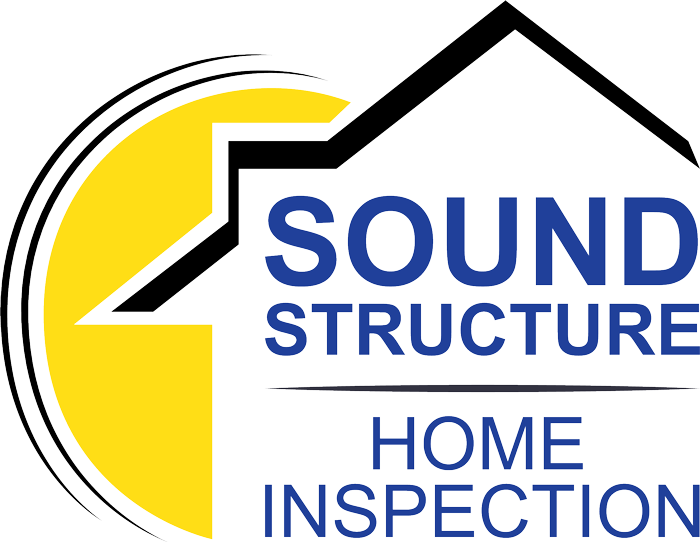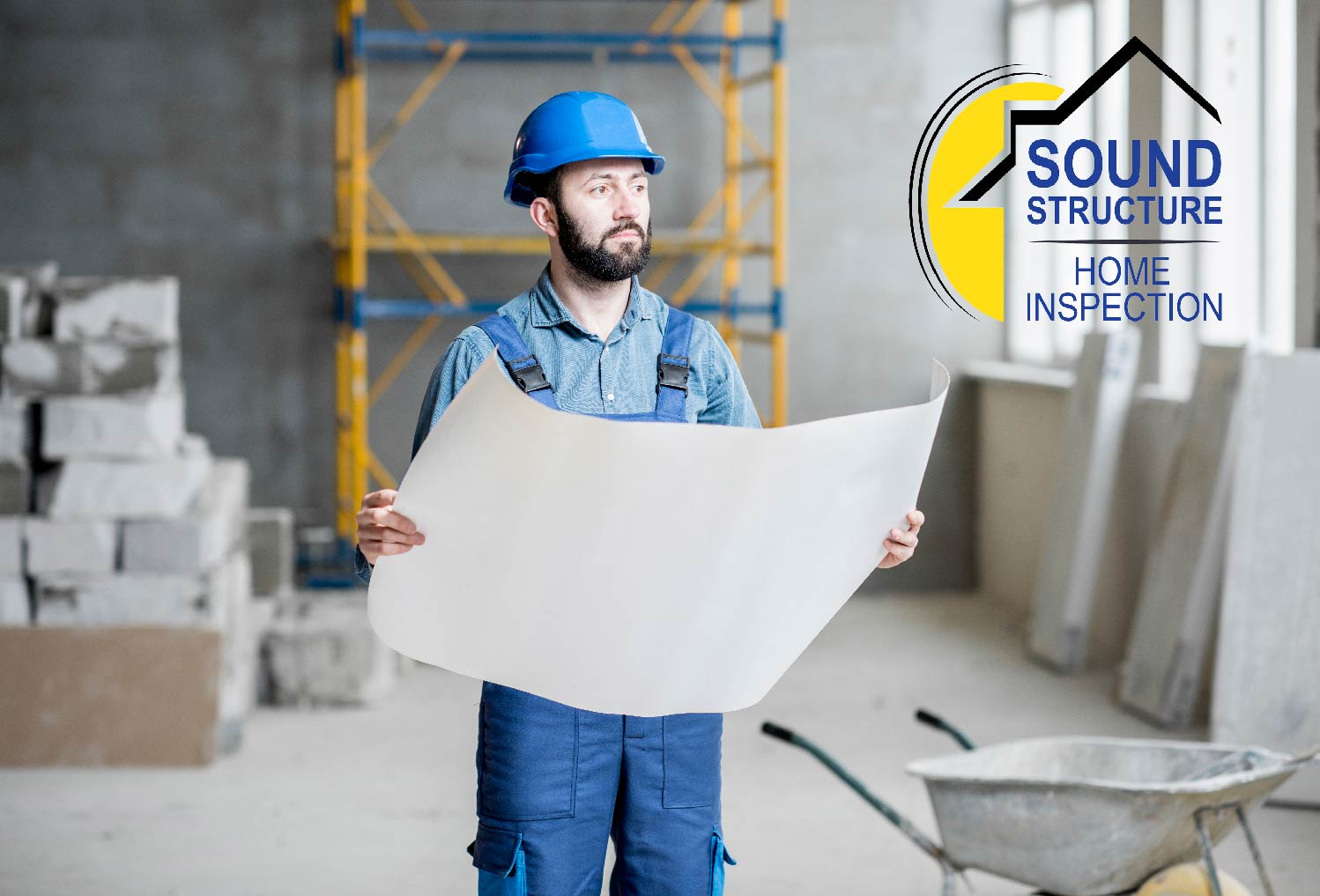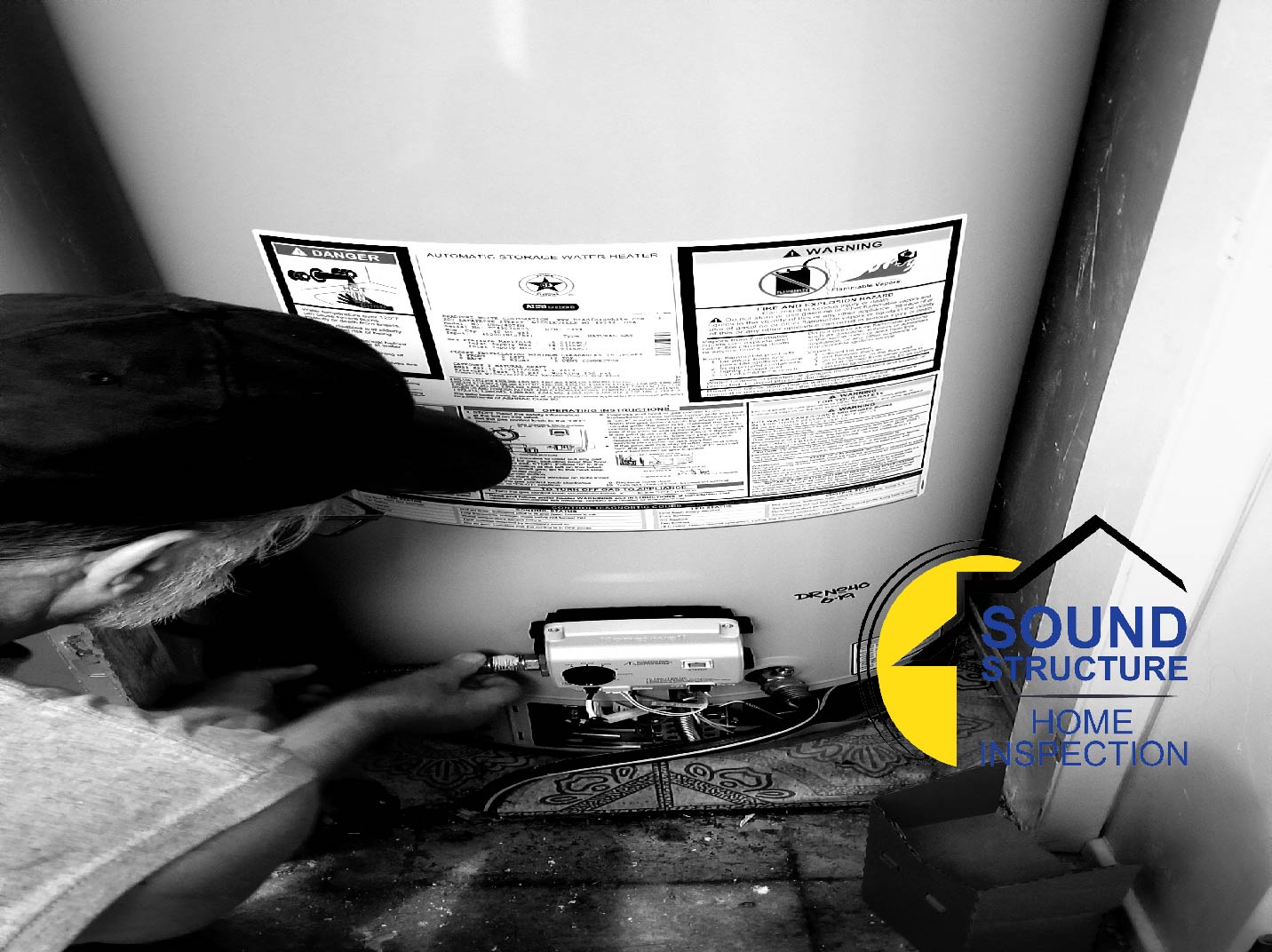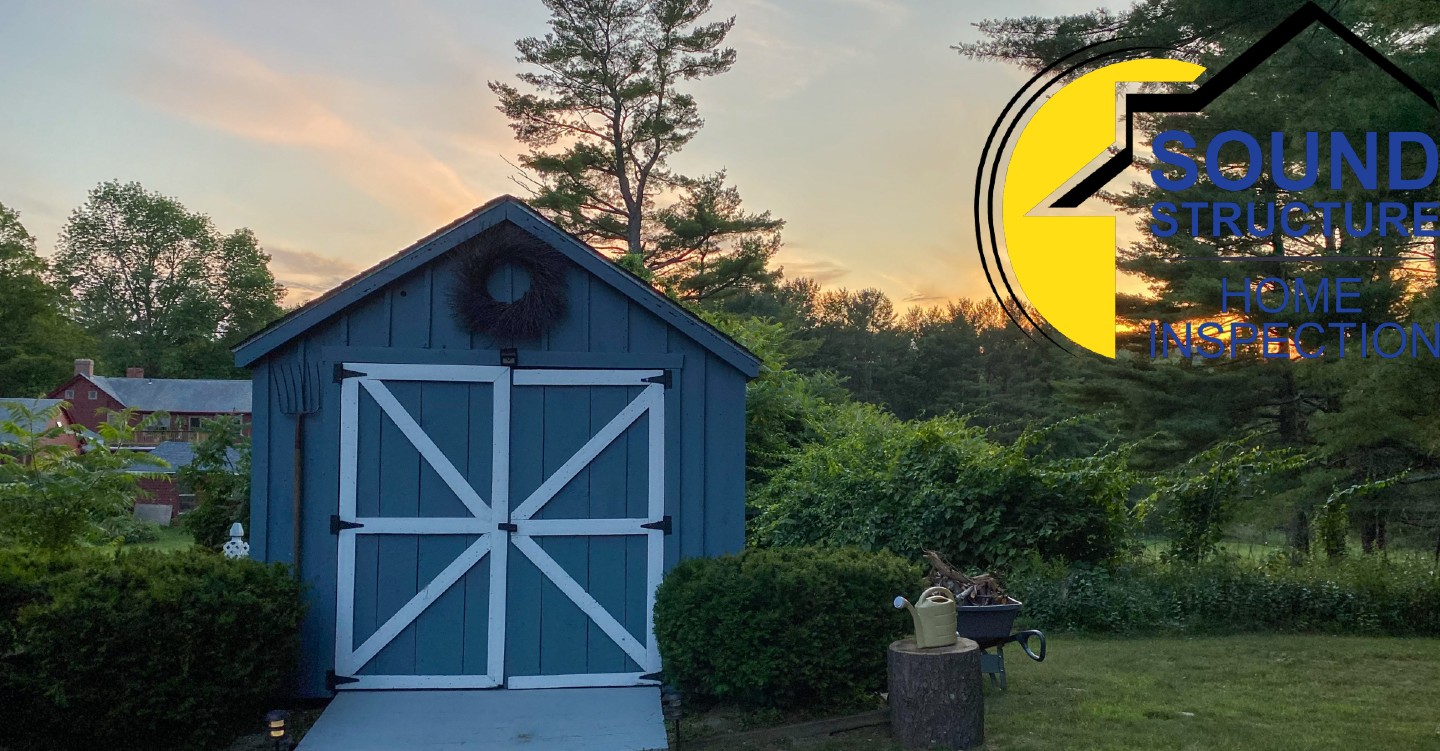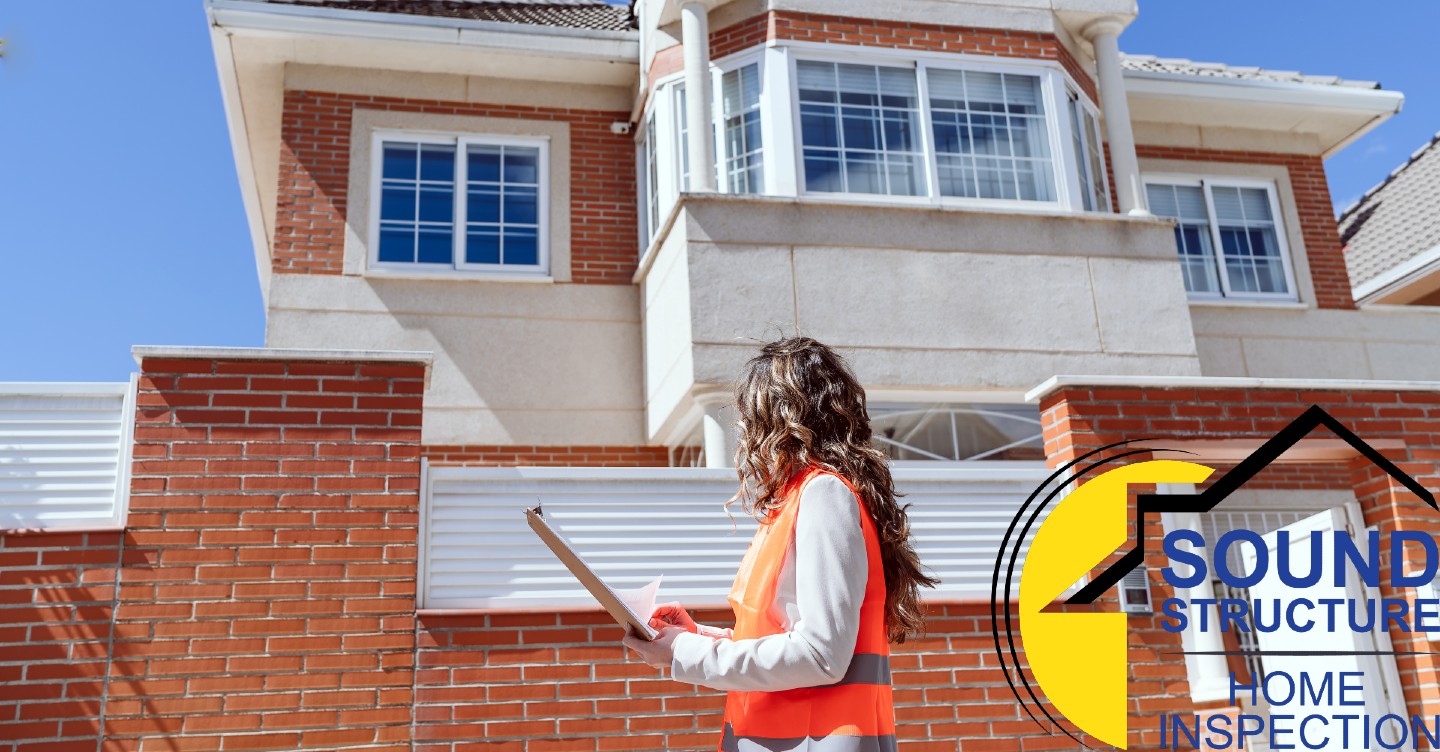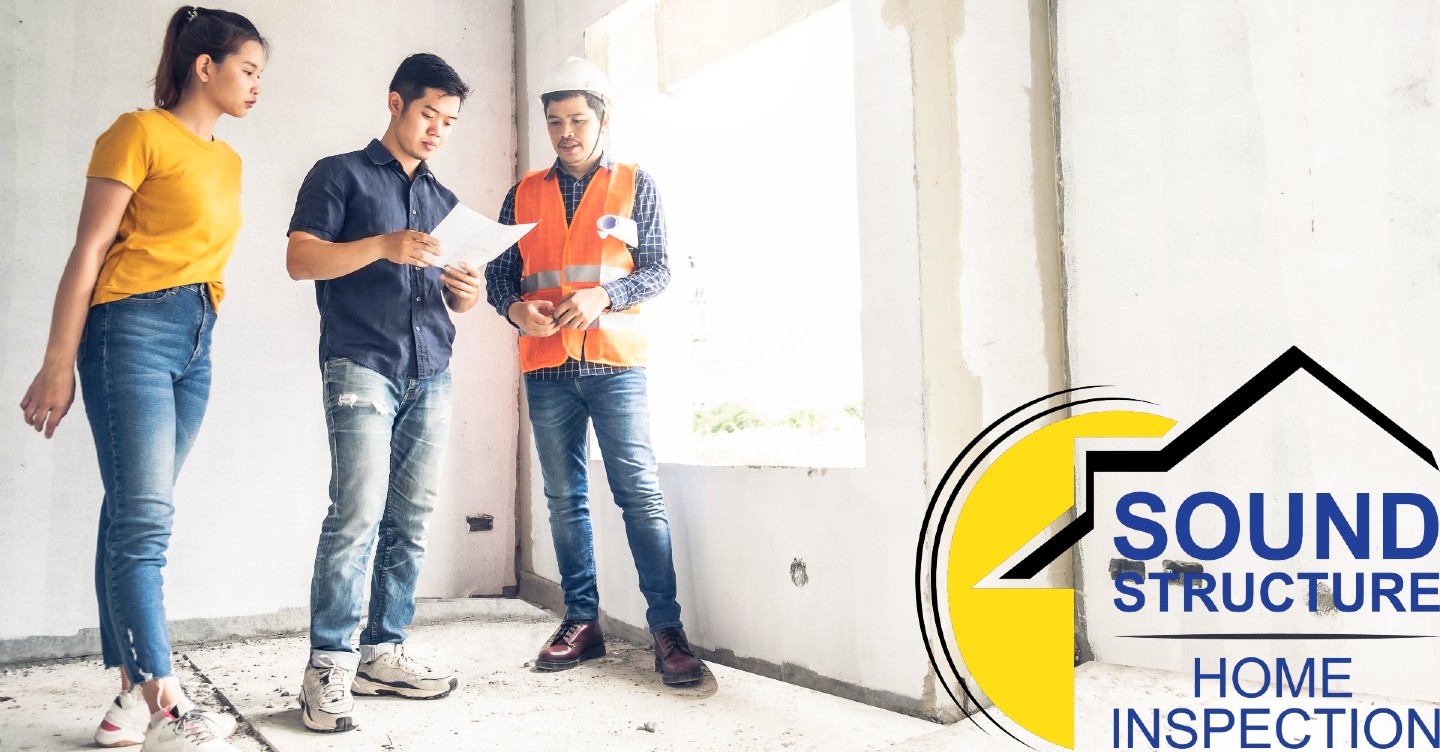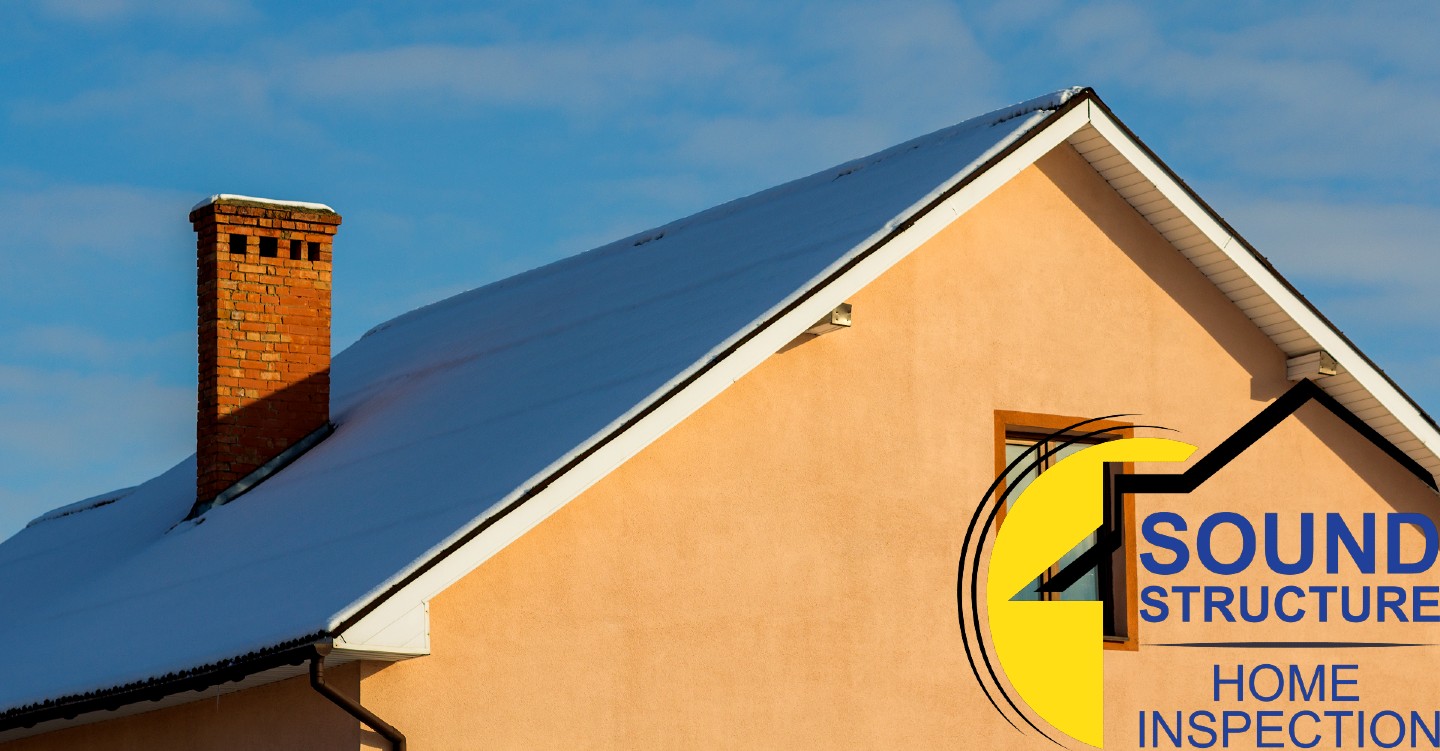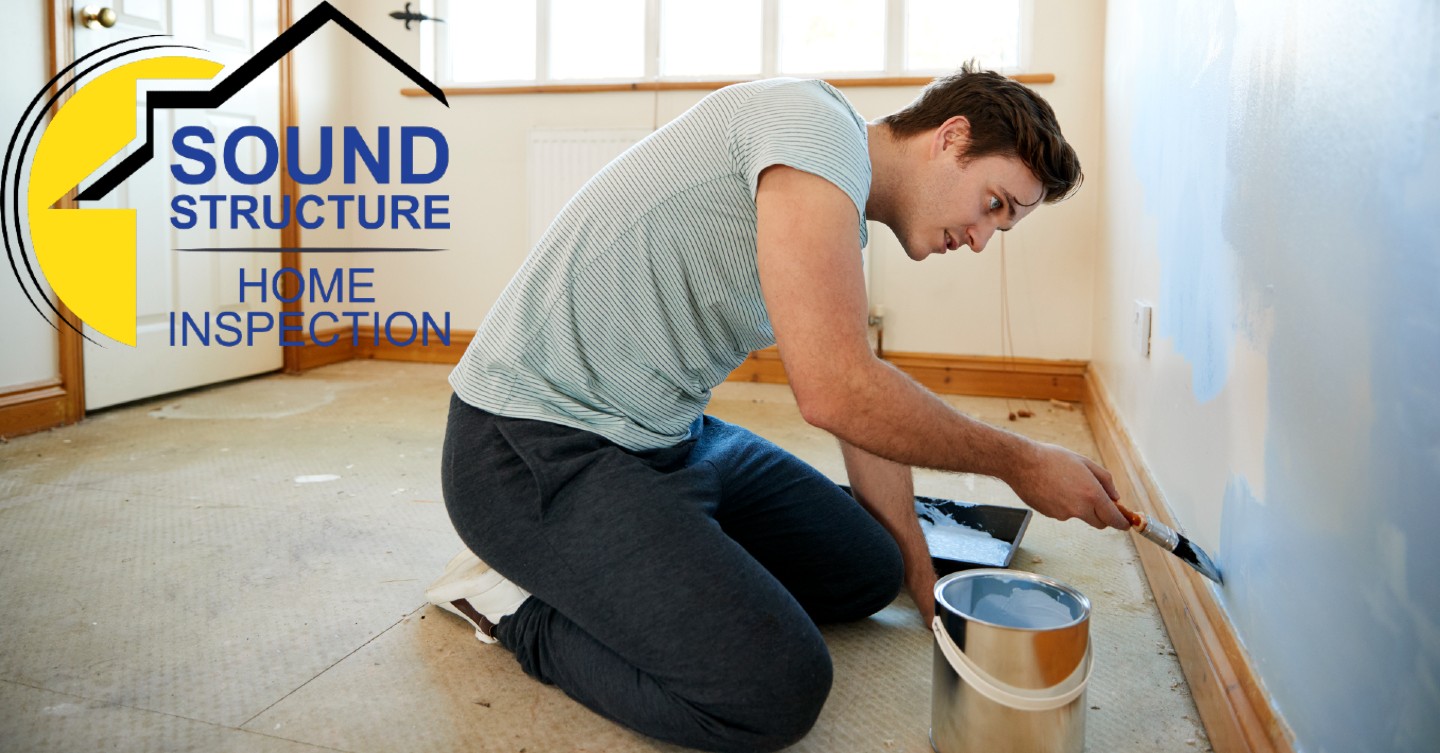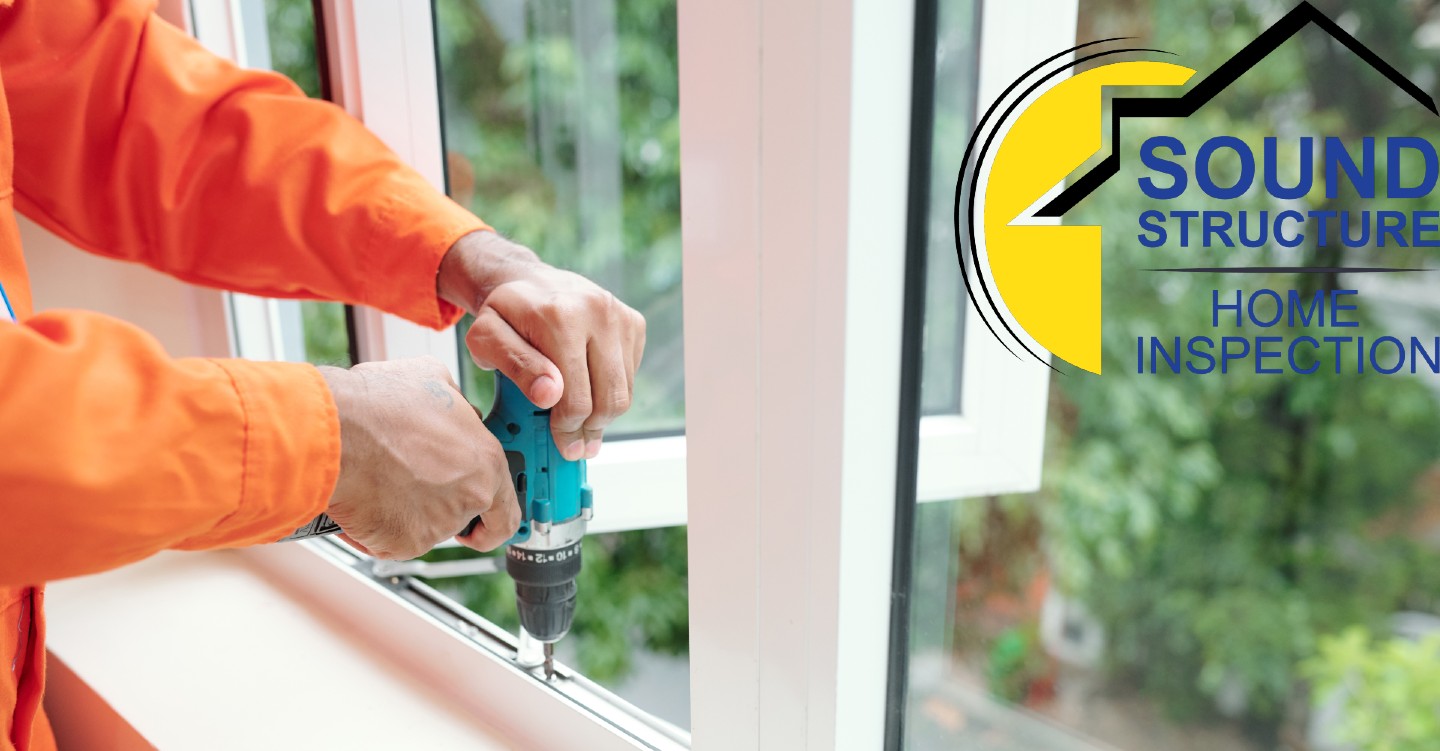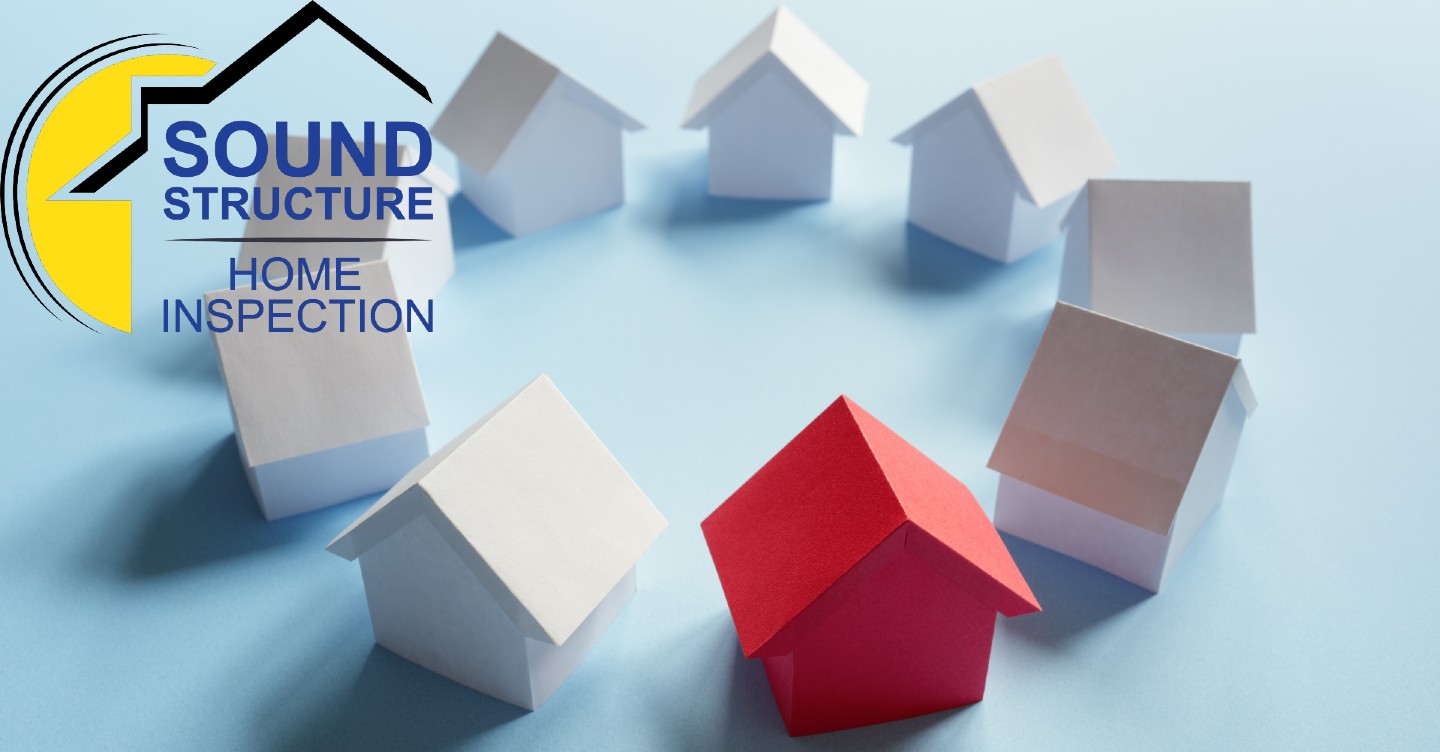The Different Types of Home Inspections
A home inspection is an assessment of a home’s condition. It is performed by a trained and experienced inspector who will look at the home’s structure, systems, and components and identify any problems that may exist.
What to expect: The inspection will take a few hours and the inspector will provide a written report with their findings. There are a few different types of home inspections. Your situation and needs will determine what type of inspection you need.
1. Pre-purchase Home Inspections
Importance: A home inspection is an assessment of a home’s condition. A pre-purchase home inspection is an objective examination of the physical structure and systems of a home, from the roof to the foundation. Home inspectors look for any major defects or repairs that may be needed. A professional home inspector will take the time to explain the condition of the property and answer any questions you may have. A home inspection is a valuable tool in the home buying process, providing peace of mind and helping to avoid any unforeseen problems down the road.
2. New Construction Home Inspections
Importance: It is important to have a new construction home inspected because even though the home is new, there could be hidden problems that the builder is not aware of. There are many potential problems that can go undetected during the construction process, and a professional home inspector will be able to identify any potential issues. Some of the most common problems that are found during new construction home inspections include faulty wiring, plumbing leaks, and structural issues. In addition, the inspector will also check for things like mold and mildew, which can be a problem in new homes due to the high humidity levels during construction. By having a professional home inspection performed before you finalize your purchase, you can rest assured that your new home is safe and sound.
What to expect: The inspection will take a few hours and the inspector will provide a written report with their findings.
3. Warranty Home Inspections
Importance: A warranty home inspection is important because it can help identify any problems with the home that are still under warranty. Warranty home inspections are important for protecting your investment. Many things can go wrong with a home, and if you don’t have a warranty, you could be stuck paying for repairs yourself. With a home inspection, you can get peace of mind knowing that your home is in good condition and that any problems will be covered by the warranty. Home inspectors will check for things like leaks, cracks, and other damage. They will also make sure that all of the appliances are working properly. If there are any problems, they will let you know so that you can get them fixed before they become bigger problems and your warranty expires. Warranty home inspections are an important part of owning a home, and they can save you a lot of money in the long run.
4. Maintenance Home Inspections
Importance: A maintenance home inspection is important because it can help identify any potential problems with the home before they become serious. Home inspection is a vital part of home maintenance. By regularly checking your home for potential problems, you can avoid costly repairs and help keep your family safe. While you can certainly inspect your home yourself, it’s often best to hire a professional inspector who has the training and experience to spot potential problems. A professional inspector will also be able to provide you with a written report detailing any areas of concern. If you’re thinking of hiring a home inspector, be sure to ask for references. You should also check reviews to ensure that you’re choosing a reputable, qualified professional.
Sound Structure Home Inspection
If you’re in Tequesta, FL and looking for a pre-purchase home inspection, new construction inspection, warranty home inspection, or maintenance home inspection, call Sound Structure today!
